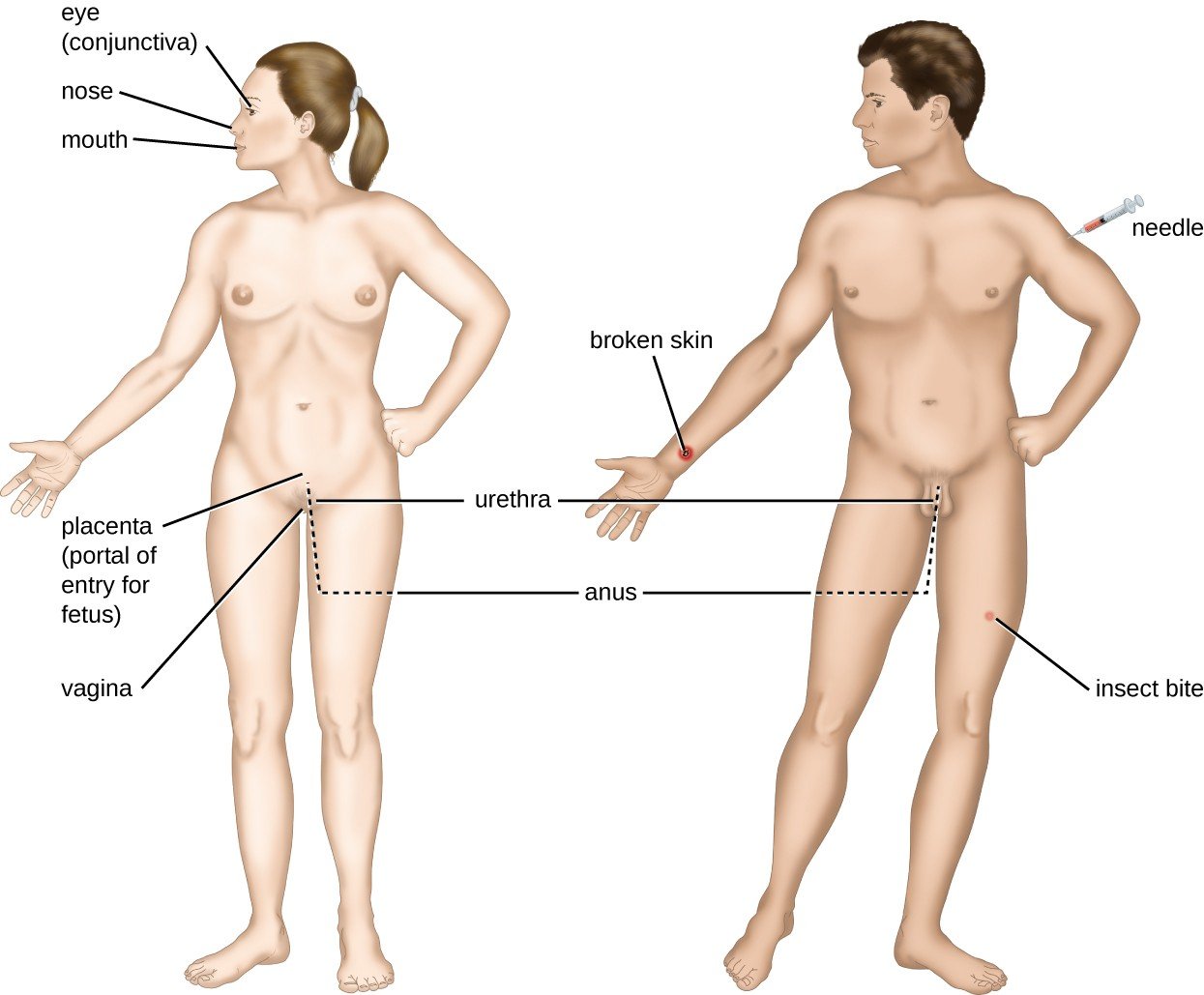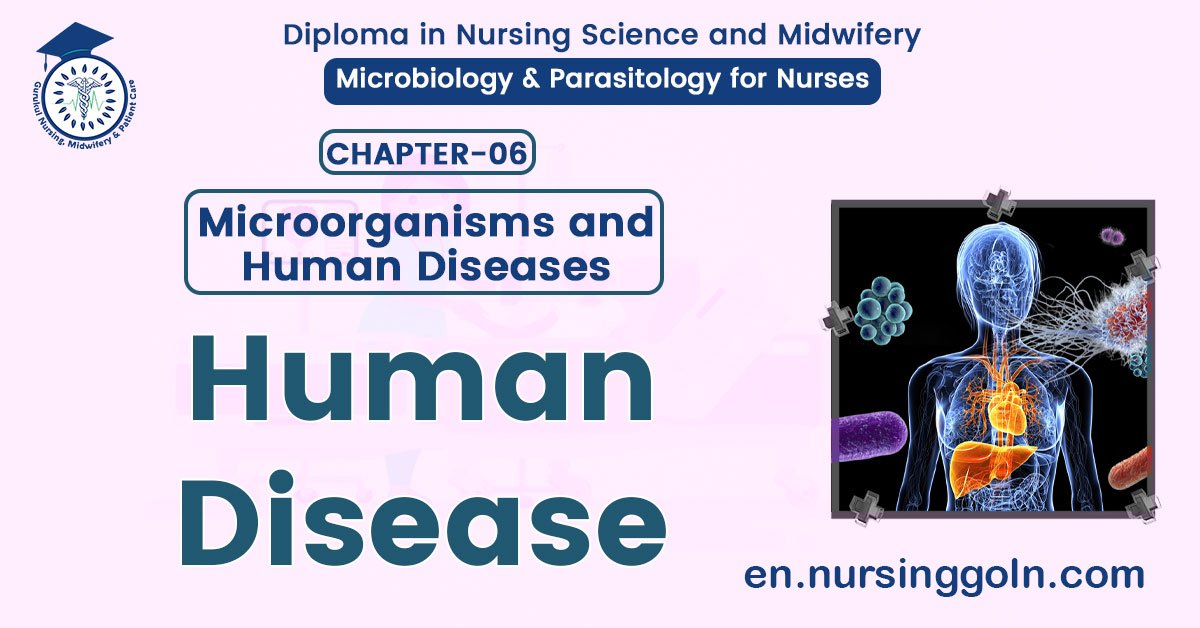Human disease – Basic microbiology, parasitology, and immunology; nature, reproduction, growth, and transmission of common microorganisms and parasites in Bangladesh; prevention including universal precaution and immunization, control, sterilization, and disinfection; and specimen collections and examination. Students will have an understanding of common organisms and parasites caused human diseases and acquire knowledge about the prevention and control of those organisms.
Human disease
Definition of Disease
Disease is any harmful deviation from the normal structural or functional state of an organism, generally associated with certain signs and symptoms and differing in nature from physical injury.
Or
A disease is a particular abnormal condition that negatively affects the structure or function of part or all of an organism, and that is not due to any external injury. Diseases are often constructed as medical conditions that are associated with specific symptoms and signs.

Definition of Human disease
Human disease is an impairment of the normal state of a human being that interrupts or modifies its vital functions.
Or
In humans, disease is often used more broadly to refer to any condition that causes pain, dysfunction, distress, social problems or death to the person afflicted or similar problems for those in contact with the person.
Ways of Transmission of Disease
A chain of events is necessary for transmission of infectious disease. They are:
1. A causative agent: Invading organism, which may be bacterial, viral, rickettsial, protozoal, fungal or helminthic.
2. Reservoir: A place for invading agent to multiply in human animal or non-animal.
3. Susceptible host
4. Portal of entry: The organism into the human body.
5. A mode of transmission: Which may be direct (direct contact) or indirect through animals and vectors including inanimate fomites.
6. A portal of exit: From the reservoir such as respiratory tract or digestive tract.

Portal of Entry of Disease
Most of the pathogenic organisms can cause disease only if they enter through their particular portal of entry, e.g. if dysentery bacilli are rubbed into a wound on the skin, they may not cause any trouble, but if the same organisms are swallowed they cause dysentery.
1. Skin: A large number of organisms are always present on the skin, but most of them do not penetrate the unbroken skin. Staphylococci and some fungi are able to penetrate under certain conditions and cause disease in the deeper tissues.
2. Respiratory tract: The air around us contains microorganisms, which have been spread widely during talking, coughing and sneezing. These enter into the respiratory tract with Anyair inhaled, e.g. organisms causing colds, pneumonia and pulmonary tuberculosis.
3. Digestive tract: Microorganism, enter the body along with food and water, e.g. organisms causing typhoid, dysentery and cholera

4. Genitourinary tract: Urinary tract infections (UTI) are caused by bacteria from urethra, perineum etc, traveling upwards (ascending infection) and sometimes introduced through catheterization. UTI can also be through blood. Venereal diseases of genitourinary system are acquired through sexual contact.
Read More….
